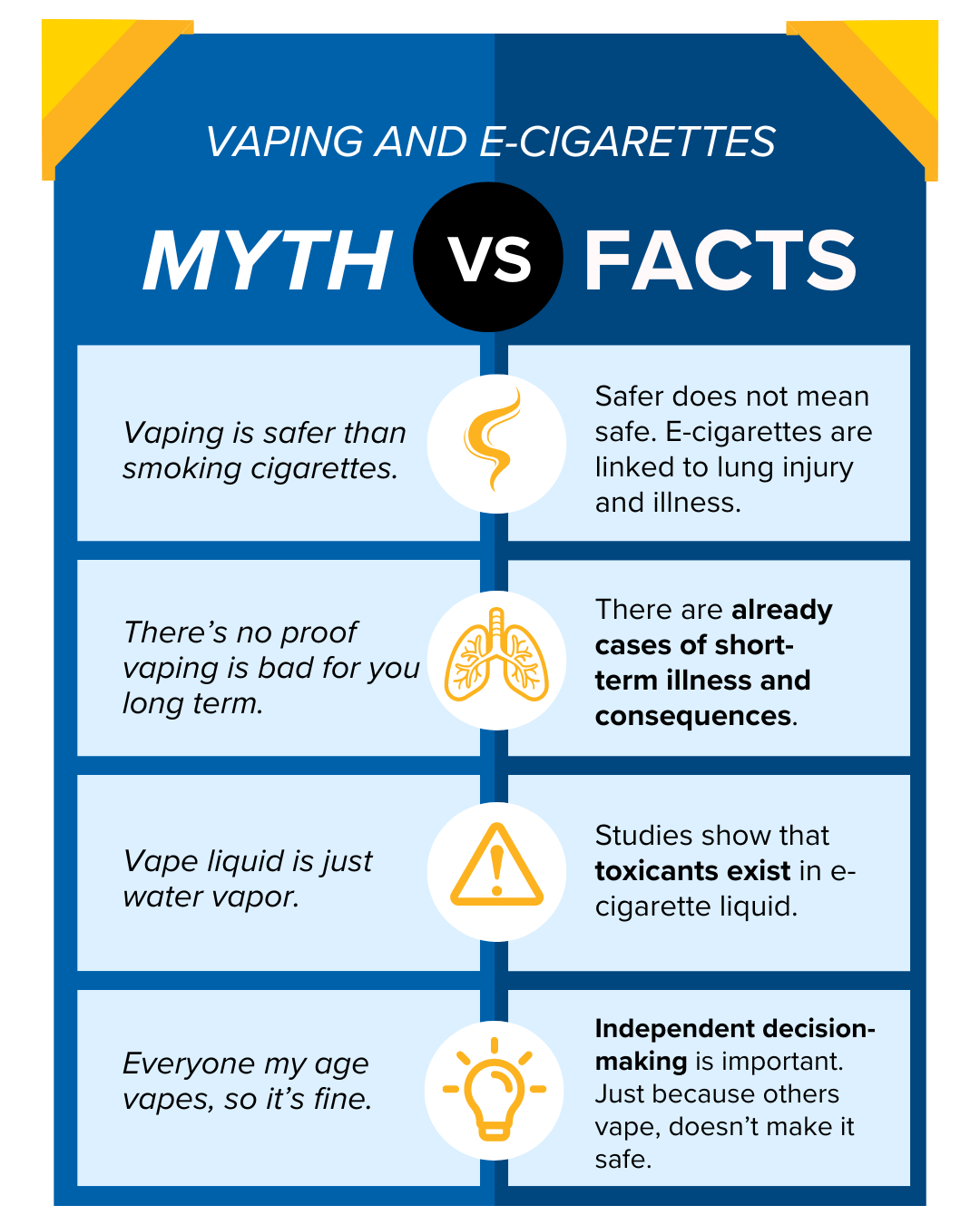Electronic cigarettes (e-cigarettes) present a complex balance of potential benefits for some users and significant risks for others. Their overall impact remains a subject of ongoing scientific and public health debate.
Potential Positives and Harm Reduction Aspects
For adult smokers of combustible cigarettes, e-cigarettes may offer certain advantages:

- Reduced Exposure to Toxicants: Unlike traditional cigarettes, e-cigarettes do not burn tobacco. This significantly reduces exposure to tar and carbon monoxide, two of the most harmful components found in cigarette smoke.
- Smoking Cessation Aid: Some individuals successfully use e-cigarettes to reduce their consumption of, or completely quit, traditional cigarettes. However, their efficacy as a widespread cessation tool is still under active research and varies among individuals.
- Nicotine Delivery: E-cigarettes deliver nicotine, which is addictive but also provides effects such as temporarily increased alertness. For existing smokers, e-cigarettes offer a way to obtain nicotine with potentially fewer co-occurring harmful combustion byproducts.
- Variable Nicotine Levels: Many e-liquids are available in different nicotine concentrations, offering users the potential to gradually reduce their nicotine intake.
- Reduced Secondhand Aerosol Harm: The aerosol (often called vapor) produced by e-cigarettes generally contains fewer and lower levels of harmful substances than secondhand tobacco smoke, though it is not entirely free of risk to bystanders.
Significant Risks and Concerns
Despite potential benefits for existing smokers, e-cigarettes pose several health concerns, particularly for non-smokers, youth, and pregnant individuals:
- Nicotine Addiction: The nicotine in most e-cigarettes is highly addictive. This is a primary concern for young people and non-smokers who may initiate nicotine use through these products, leading to long-term dependence.
- Inhalation of Harmful Substances: E-cigarette aerosol is not just water vapor. It can contain potentially harmful substances, including volatile organic compounds (VOCs), ultrafine particles, flavorings linked to lung disease (like diacetyl, though less common now in some regions), and heavy metals such as nickel, tin, and lead.
- Lung Health: Acute lung injuries (e.g., EVALI – e-cigarette or vaping product use-associated lung injury) have been reported, primarily linked to THC-containing vaping products with vitamin E acetate. The long-term effects of inhaling e-cigarette aerosol on lung health are not yet fully understood.
- Cardiovascular Effects: Nicotine is a stimulant that can increase heart rate and blood pressure, potentially impacting cardiovascular health over time. The long-term cardiovascular risks of e-cigarette use are still being investigated.
- Unknown Long-Term Effects: E-cigarettes are relatively new products, and the full scope of their long-term health consequences will not be known for many years.
- Youth Appeal and Uptake: The variety of flavors and marketing strategies have made e-cigarettes particularly appealing to adolescents and young adults, leading to high rates of youth vaping in many areas and concerns about a new generation becoming addicted to nicotine.
- Dual Use: Many adult e-cigarette users also continue to smoke traditional cigarettes. This “dual use” may not significantly reduce health risks compared to quitting smoking altogether.
- Device Safety: Though infrequent, there have been reports of e-cigarette batteries overheating, catching fire, or exploding, causing injuries.
In conclusion, while e-cigarettes might be a less harmful alternative for adult smokers who completely switch from combustible tobacco, they are not harmless. The risks of nicotine addiction, exposure to potentially harmful chemicals, and unknown long-term effects are significant, especially for young people and non-smokers. Regulatory bodies and health organizations worldwide continue to monitor and research their impact.









